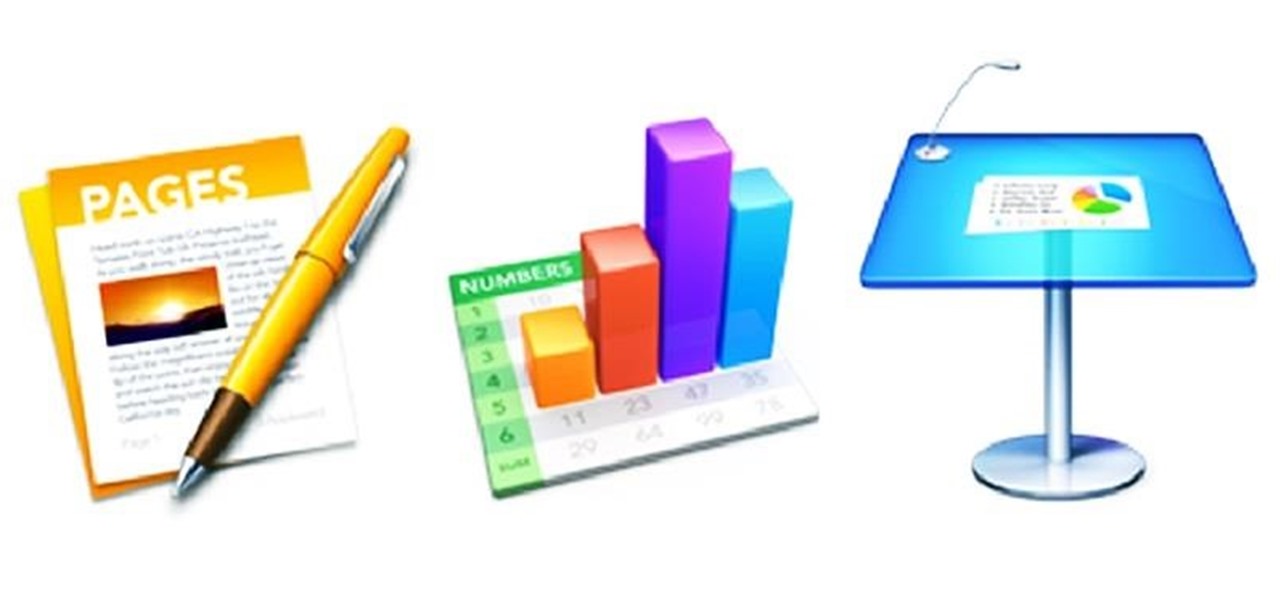These instructions apply to Apple Mail running on Mac OS X 10.9 and 10.10. See Configure Apple Mail for Office 365 if your version is OS X 10.11 or later.
- Office For Mac Os X Mavericks 10 9 Download
- Office For Mac Os X Mavericks
- Microsoft Office Mac Os X Mavericks
You can configure the Mail app to connect to your email and calendar events on the Office 365 server.
- The current Apache OpenOffice supports Apple OS X version 10.7 (Lion), 10.8 (Mountain Lion), 10.9 (Mavericks), 10.10 (Yosemite), 10.11 (El Capitan) and macOS 10.12 (Sierra), 10.13 (High Sierra), 10.14 (Mojave), 10.15 (Catalina). The last OpenOffice version supporting Mac OS X 10.4 (Tiger), 10.5 (Leopard), 10.6 (Snow Leopard) is OpenOffice 4.0.1.
- Mac os x 10 8 free download - Mac OS X Update, R for Mac OS X, Apple Mac OS X Mavericks, and many more programs.
- Get the best deals on Apple Mac OS X 10.9, Mavericks Mac Computer Software and find everything you'll need to improve your home office setup at eBay.com. Fast & Free shipping on many items!
IMPORTANT: After configuring Apple Mail, be sure to change the Trash setting to never permanently erase messages. Otherwise, you won't be able to restore deleted messages.

- Launch Mail. (Click the icon in the dock or go to the Applications folder to open it.)
- Add a mail account:
- If you have not previously configured an account in Mail you will be prompted to add an account. Click Exchange and then click Continue.
- Otherwise, go to the Mail menu and click Add Account > Exchange and then click Continue.
- Enter the following information and then click Continue when done:
- Full Name: the name you want displayed on your outgoing mail
- Email Address: sunetid@stanford.edu (do not use an email alias)
- Password: stanford (do not enter your SUNet ID password here)
- A message displays staying that you couldn't log on to the Exchange server. Click Continue.
- In the Account Settings window, enter the following information and then click Continue.
- Description: enter a name for this account if you wish
- User Name: your SUNet ID@stanford.edu
- Password: your SUNet ID password
- Server Address: outlook.office365.com
- The Account Summary displays. Click Continue.
- Select the apps you want to use with this account and then click Done.
Office For Mac Os X Mavericks 10 9 Download
Recommended setting
OS X 10.9 Mavericks - the latest update to Apple's desktop OS - noticeably improves the overall experience on for both new and older Macs.Pros:Free: Mac OS.
Office 365 accounts are not backed up. However, Outlook on the web and some desktop versions of Outlook let you recover deleted items that are no longer visible in the Deleted Items folder.
In Apple Mail you can set how long to keep messages in the Trash folder. Once a message is permanently erased in Apple Mail it cannot be recovered from the Deleted Items folder in Outlook on the web. We recommend setting Apple Mail to never permanently erase deleted messages.
- In the Mail menu, click Preferences.
- In the Accounts pane, click the Mailbox Behaviors tab.
- In the Trash section, choose the following settings:
- Store deleted messages on server: checked
- Permanently erase deleted messages: Never
Apple’s latest OS X update was just released yesterday for free. Many of you are probably itching to update to take advantage of all the new features. However, since Mavericks can only be downloaded via the Mac App Store, this means that Apple is only allowing you to do an upgrade to your current system. Many users prefer to format their drives and install new operating systems from scratch. This is a good option for those that would like to start out with a clean slate and leave behind any issues that were present during the last operating system. Thankfully, there is a way to copy Mavericks to a USB stick and boot from it to install the system files over your current setup. This is how you do it:

- IMPORTANT: Make sure you backed up all your files (both on your Mac and USB stick). They will be deleted.
- Download OS X Mavericks from the Mac App Store – if the installer starts, simply cancel it. We are only interested in the files that were downloaded.
- Connect your USB stick to your Mac. You’ll need a USB stick of capacity 8GB or higher.
- Open the Disk Utility app. You can find it under Applications -> Utilities.
- Select your USB stick on the sidebar. Go to the Erase tab and Format the drive as “Mac OS Extended (Journaled)” – the name of the drive should be “Untitled”.
- Once the formatting is complete, open the Terminal app located in Applications -> Utilities.
- Copy and paste the following command into the Terminal. Press Enter.
sudo /Applications/Install OS X Mavericks.app/Contents/Resources/createinstallmedia –volume /Volumes/Untitled –applicationpath /Applications/Install OS X Mavericks.app –nointeraction

You will be prompted for a password, enter the administrator password to your Mac (the one you usually use to login). This process will take approximately 20 minutes to complete (you’ll receive a message indicating it is complete).
That should be it. Your USB stick now holds a bootable copy of Mavericks. Simply reboot your Mac and hold down the Option key. When the Mac reboots, you’ll be presented with which drive you want to boot from, simply select the OS X Mavericks Installer.
Office For Mac Os X Mavericks
NOTE: Once you boot from the USB stick, remember that you’ll need to format your internal drive first as the type “Mac OS Extended (Journaled)” by using the installer’s Disk Utility.
Want these articles emailed to you?
Microsoft Office Mac Os X Mavericks
You have Successfully Subscribed!
